 活动说明
活动说明 组织机构
组织机构 专家报告
专家报告大会报告
陈新,广东工业大学,高速高精电子制造装备的若干关键基础技术
程德文,北京理工大学,自由曲面数理描述和设计方法研究
杜雪,香港理工大学,多层次微纳结构的超精密加工及应用
房丰洲,天津大学,自由曲面光学:制造和测量
高伟,日本东北大学,超精密定位用光栅表面的全息光学加工
孔令豹,复旦大学,共体自由曲面检测关键技术研究进展
Jannick P. Rolland,美国罗彻斯特大学,Advances in Freeform Optics
闫纪旺,日本庆应义塾大学,微小光学元件的制造技术-从X线到红外
ALLEN YI,美国俄亥俄州立大学,自由曲面光学元件的制造与应用
张学军,中科院长春光机所,空间自由曲面光学系统制造与应用
张志辉,香港理工大学,功能自由曲面和结构曲面的超精密加工技术
朱钧,清华大学,自由曲面成像光学系统的设计及其应用
张大伟,上海理工大学,液体光学器件
邹艳华,日本宇都宫大学,磁力加工技术及应用
特邀专家报告
陈善勇,国防科技大学—面向制造过程的光学自由曲面测量
陈远流,浙江大学-超精密加工中的力感知技术及其应用
程雪岷,清华大学深圳研究生院-不动型变焦光学系统自由曲面镜面控制技术研究
杜晗恒,香港理工大学—面向微纳结构制造的新型振动辅助超精密加工系统的研究
郭江,大连理工大学—面向精密光学制造的先进抛光技术
郭跃武,沂普光电(天津)有限公司—激光应用领域的自由曲面光学
黄新建,松下电器机电(中国)有限公司—UA3P高精度测量—自由曲面领域检测应用
姜晨,上海理工大学—大尺寸猪笼草口缘区仿生表面设计
龙尤,中国航空工业集团公司洛阳电光设备研究所—自由曲面光学技术在ARHUD领域的应用研究
马冬林,华中科技大学—高效且紧凑的自由曲面LED二次照明透镜设计方法
毛祥龙,中科院西安光机所—全铝全自由曲面光学成像技术及应用
孟庆宇,中科院长春光机所—自由曲面光学系统降敏设计研究
潘敏忠,福建富兰光学股份有限公司—AR-HUD自由曲面加工控制与检测
沈正祥,同济大学—基于离散化路径的原位光学检测与自由曲面车削加工
石峰,国防科技大学—高精度自由曲面可控离子束制造方法与装备
舒阳,深圳技术大学—光学微结构阵列元件制备的工艺研究
苏宙平,江南大学-基于加权叠算法的自由曲面激光整形系统设计
万新军,苏州瑞霏光电科技有限公司—面向精密自由曲面加工的三维检测仪器研发和应用进展
汪冬华,德伽智能光电(镇江)有限公司—自由曲面AR光学元件制造
王旭,长春长光大器科技有限公司—相位偏折法在成像自由曲面元件检测的应用
王春锦,香港理工大学—磁场辅助自由曲面批量化抛光技术
魏朝阳,中科院上海光机所—大口径复杂曲面元件机器人超精密抛光技术
温燮文,香港城市大学—石英玻璃光学元件的超高精度三维打印
吴仍茂,浙江大学—自由曲面光束调控研究
乔潇悦,中科院上海光机所—基于自校准的菲索干涉仪参考镜面形误差及横向畸变补偿
项华中,上海理工大学—自由曲面在眼视光学成像中的应用
许毅钦,广东省科学院半导体研究所—TIR结构光学整形技术在照明及光源系统中的应用
杨高,深圳大学—玻璃微纳光学元件热压印成形
杨树明,西安交通大学—用于光学测量的超表面研究
杨通,北京理工大学—基于机器学习的自由曲面成像光学系统设计方法
杨援,泰勒霍普森有限公司—光学自由曲面面非接触式面形测量技术及应用
袁群,南京理工大学—自由曲面光学系统的拼接融合型设计方法
余宁辉,华彤光学科技(浙江)有限公司—基于类石墨烯涂层模具的精密玻璃透镜制备技术及其应用
张效栋,天津大学—复杂微小零件全轮廓测量
张志宇,中科院长春光机所—自由曲面光学元件超精密切削的理论研究与工程实践
张旭辉,深圳技术大学—基于数字全息显微镜的自由曲面检测
张磊,安徽大学—自由曲面干涉检测进展:从“自适应”到“智适应
张国庆,深圳大学—偏置式飞刀切削多层次微纳结构表面
章少剑,南昌大学—超精密加工纳米表面粗糙度增强评定
赵晨阳,哈尔滨工业大学—微结构表面形貌对超分辨率成像机理的影响研究
赵星,南开大学—矢量像差理论在自由曲面系统设计中的应用研究
朱德燕,南京航空航天大学—基于多面一体的全铝自由曲面离轴三反系统设计方法
朱琳琳,天津大学—便携式白光干涉测量仪
朱志伟,南京理工大学—微结构表面流变抛光新方法
自由曲面光学产业未来发展会议—主题发言
李荣彬执行董事(香港华视光学仪器有限公司)—基于纳米复合光学玻璃材料的低温压铸创新技术
陈晓伟副总经理(惠州市华阳多媒体电子有限公司)—HUD趋势和应对HUD趋势的关键课题研究方向
郭跃武董事长(沂普光电(天津)有限公司)—激光应用领域的自由曲面光学
李钢副总经理(常州星宇车灯股份有限公司)—自由曲面光学在汽车灯具中的应用
刘铠副总经理(福建夜光达科技股份有限公司)—反光材料领域的自由曲面应用及光学分析
张聪首席技术官(深圳市火乐科技发展有限公司)—智能超短焦投影产品的新机遇
 议题方向
议题方向 投稿指南
投稿指南 论文出版
论文出版
Supported Journals:
PhotoniX、Optical Engineering (SCI)、Journal of Micro/Nanolithography、MEMS、and MOEMS (SCI)、Photonic Sensors (SCI)、Opto-Electronic Advances(OEA)(SCI)、《信息与电子工程前沿(英文)》(FITEE)(SCI)、International Journal of Extreme Manufacturing(Ei)、《红外与激光工程》(Ei)、《中国光学》(ESCI、Ei)、《光子学报》(ESCI、Ei)、《光学精密工程》(Ei)、SPIE Proceedings(Ei)、《光电工程》(中文核心)etc.
SPIE Proceeding:
 See more information as following:
See more information as following:
Proceedings of SPIE (EI, Scopus, Web of Science)
Present your research at the conference and publish a paper of four or more pages on your findings in the Proceedings to ensure that your work is peer reviewed by experts in your field, indexed by the major indexes and search engines, and available to researchers around the world soon after the conference. This will enable your community to have a snapshot of the state of your research at the time of the conference.
SPIE, the international society of optics and photonics, will publish these papers in the Proceedings of SPIE on theSPIE Digital Library, the world’s largest collection of optics and photonics applied research, with more than 450,000 papers.
This will enable researchers around the world to know about, read, and cite your on-going research soon after the conference. The Proceedings will provide a long-term record of the research presented at the conference so that you may expand your relationships with others in your field.
Ei Compendex, Scopus, and Web of Science, and other major scientific and engineering indexes, and all of the main search engines cover Proceedings of SPIE papers.
Guidelines for Submitting to Conference
By submitting an abstract, I agree to the following conditions:
An author or coauthor (including keynote, invited, oral, and poster presenters) will do all of the following:
1.Register at conference website.
2.Attend the conference.
3.Make the presentation as scheduled in the program.
4.Submit a manuscript of four or more pages for publication in the conference proceedings.
After publishing the conference paper in the proceedings, you may submit an expanded manuscript to any journal, including one of the cooperating journals. Please see more information at: SPIE copyright transfer allows an author to expand a conference paper published in the Proceedings of SPIE and submit it to a journal. If your work is almost ready for a journal article, first submit it to the Proceedings and then submit the expanded manuscript to an appropriate journal once it is complete.
SPIE policy allows a researcher to submit a conference paper to an SPIE journal, either with no changes if it is truly ready for one of the SPIE journal sor with changes that make the manuscript ready for an SPIE journal.
See more information at:
http://spie.org/conferences-and-exhibitions/authors-and-presenters/format-your-manuscript-multimedia-files-and-references#Sample
Micromachines (ISSN 2072-666X) is a peer-reviewed, open access journal on the science and technology of small structures, devices and systems, published monthly online by MDPI. It is indexed within Scopus, SCIE (Web of Science), PubMed, PMC, Ei Compendex, dblp, and many other databases. On average, a first decision is provided to authors 13.9 days after submission, and acceptance to publication is undertaken in 2.8 days (median values for papers published in this journal in the second half of 2022).
Special Issue: Design and Manufacture of Micro Optical Lens
 会议日程
会议日程 会议注册
会议注册 会员申请
会员申请
 企业赞助
企业赞助 下载文件
下载文件
 同期活动
同期活动
 Workshop
Workshop
 交通住宿
交通住宿 往届回顾
往届回顾
 联系方式
联系方式
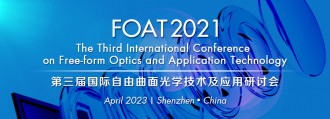
 活动说明
活动说明


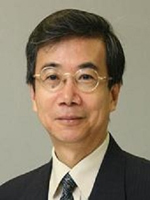

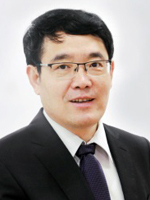

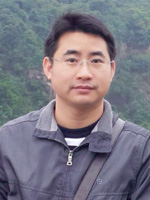



 组织机构
组织机构 专家报告
专家报告 议题方向
议题方向 投稿指南
投稿指南 论文出版
论文出版
 会议日程
会议日程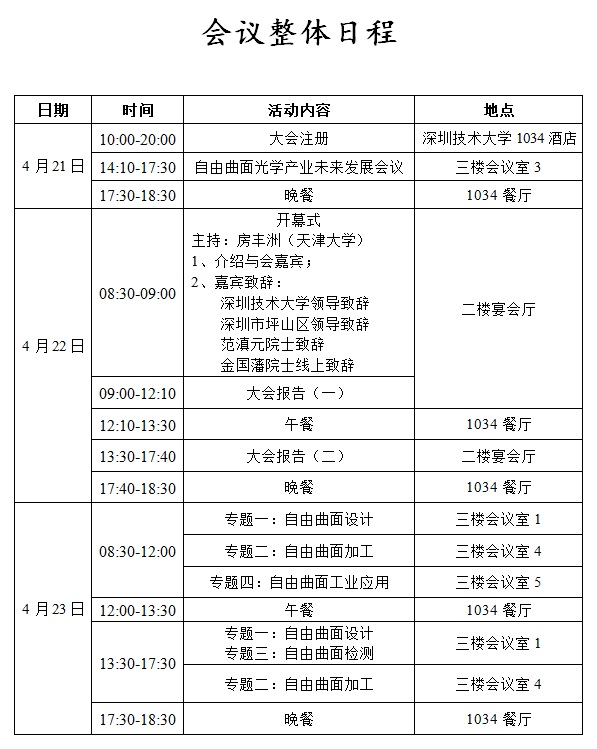
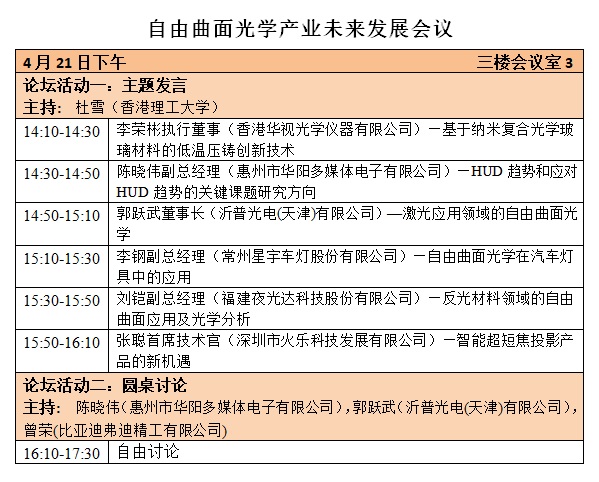
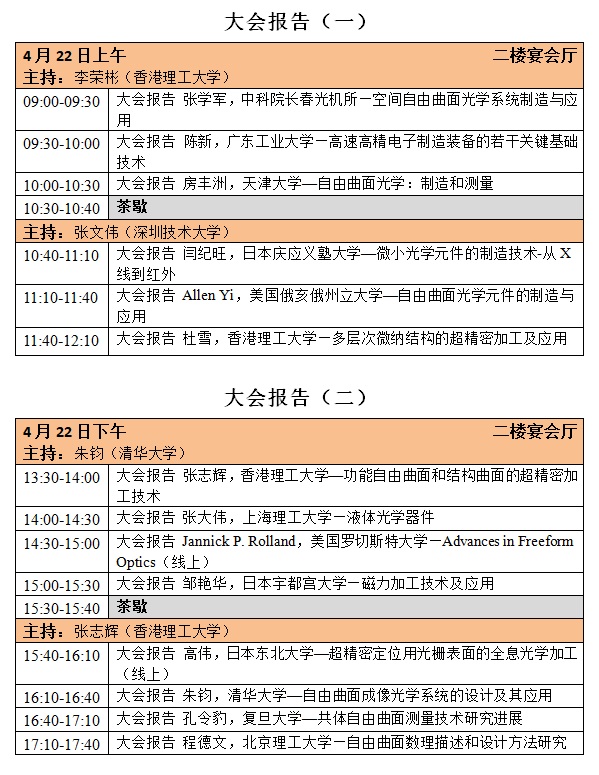

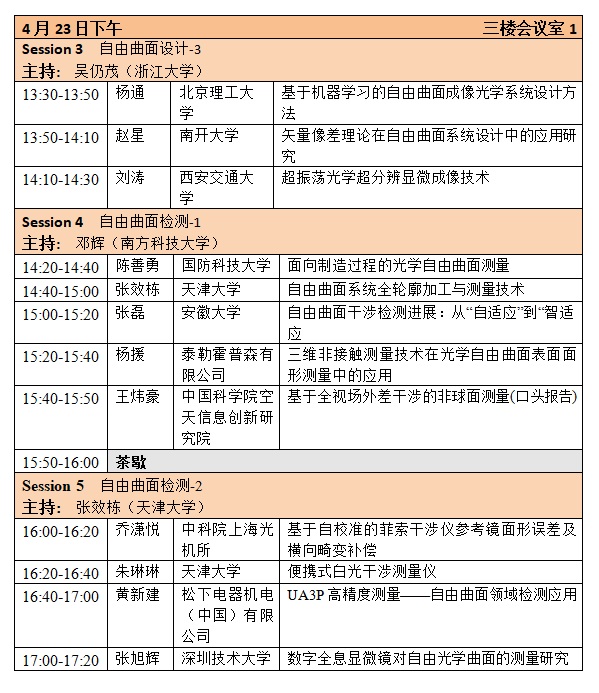
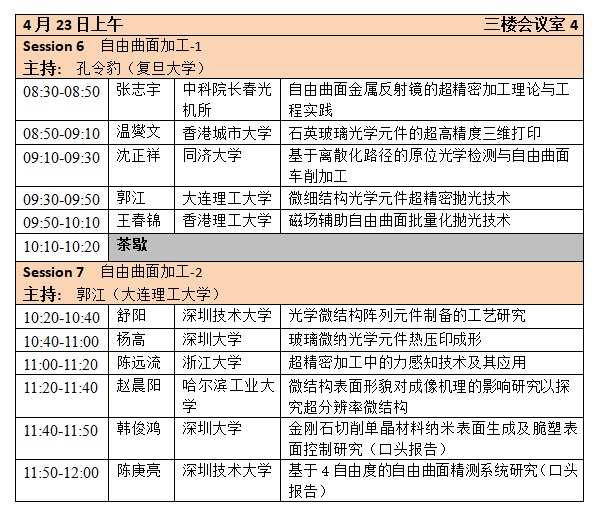
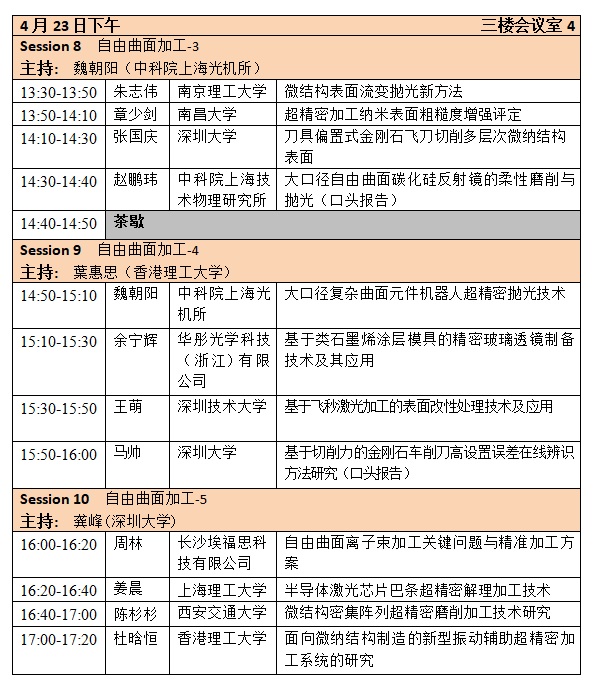

 会议注册
会议注册 会员申请
会员申请 企业赞助
企业赞助 下载文件
下载文件 同期活动
同期活动 Workshop
Workshop 交通住宿
交通住宿 往届回顾
往届回顾 联系方式
联系方式